Queenia is distributed in the gardens of Russia due to the rich variety of varieties that differ in both the colors and the size of the bushes and buds. Another reason for popularity is the simplicity of its cultivation and care. The culture is multiplied by the most simple, seed method, the duration of its flowering reaches 35 days, and in the torn form, buds can stand in a vase 1-2 weeks.
Queenia: Description, species, varieties
Queenia came to our country from the hot southern Mexico. This annual is distinguished by the speed of growth and ease of care, as well as the wealth of varieties. Stem in a culture of a reprehensive, height from 30 to 90 cm. Saturated green foliage has an ovoid shape, pointed at the ends. The whole green part of the plants is covered with a rigid pile. Buds in Queenia have the form of a basket with a diameter of 3 to 14 cm. The color palette of petals is extremely diverse and is represented by yellow, red, white, orange, purple, pink and many other shades.
Cinema has a very long flowering period, which continues from mid-summer before the start of frosts. During boutonization, bushes are abundantly covered by inflorescences. Culture seeds have a good germination, which is preserved up to 4 years after harvest.
According to external signs, the culture is divided into several species: chrysanthemistry, scabiosol, georgic color, pomponny, and fantasy. In stores and markets you can find a lot of varietal mixtures. Two varieties of quenctions are most common in our gardens: georgic color and pomponny. Tell in more detail in their varieties.
Georgian-colored Queenia is high plants, the length of the stalk of which reaches 60-90 cm. Buckets of this type are powerful, can be both scattered and compact, depending on the specific variety. The foliage is large, in length about 12 cm. Hemispherous terry buds have a diameter of 10-14 cm. The most popular varieties of georgic-colored qins are:
- Violet variety is a mid-grade spacious bush with a stalk of 60-70 cm height. Tight flybound buds are large enough, a diameter of at least 9 cm, most often painted in purple shades. During flowering, which lasts from the middle of the summer until the end of autumn, one bush releases from 18 to 23 buds.
- Queenia "Raspan Monarch" has beautiful major inflorescences with a diameter of 11 to 13 cm, which are painted in saturated red shades. A sprawling bush of such a culture grows up to 70 cm in height, during the period of bootonization produces up to 25 flowers.
- The "Lavender Queen" grade grows up to 80 cm and has large, 10-12 cm in the diameter of buds. The inflorescences are painted into lilac and lavender shades, during the period of boutonization on one bush, they are blown up to 23 pcs.
- Orange King is the average grade with a length of the stems of 60-70 cm. Large flowers with a diameter of 12-14 cm have an orange, sometimes reddish hue. It blooms abundantly, in one season by releasing 18-25 buds.
- The "White Bear" variety, like many others, is called a similar name due to the shade of petals, which are painted in white with a light greenish tide. This compact plant has a stalk of 60-65 cm in length, and its dense inflorescences reaches 14 cm in diameter. During flowering, which continues from the second half of June to the end of autumn, produces from 17 to 20 buds.
- The mid-graded culture is considered to be the "purple prince", the stalks of which grow up to 60 cm in height. Big buds are painted in purple shade.
- "Rose" - a variety of 50 to 65 cm highs a variety of 50 to 65 cm. Medium-densis flowers with a diameter of 10-12 cm differ in a rich color palette. For one season on the plant blooms p 15-20 buds.
- "Tango" - a bush with stems of 60-70 cm long, has bright large inflorescences with a diameter of 9-11 cm. The shade of the petals is saturated-orange or reddish. This variety is plentiful, releasing 18-28 baskets.
- Queenia "envy" is distinguished by unusual buds of greenish tint. The length of the stem stalks ranges from 60 to 70 cm, the diameter of the inflorescence is 10-15 cm.
Pomponnyiy - these are low-grade bushes with a height of 40 to 55 cm, as a rule, compact and gustany. This culture blooms with small, 3-4 cm in diameter by buds. Her inflorescences are dense, shaped, small, oval form, elongated at the ends. Among the varieties of this species in our country are common:
- The "Red Hood" is a dense compact plant with a height of stems 45-55 cm. Buds are small, rounded, 3-5 cm in diameter, painted in a saturated-red shade. It has plenty of blossom and during the season produces 65-75 inflorescences.
- The Tom-Tamba variety is a small bush that grows up to 35-45 cm in height. Dense inflorescences reach 4-6 cm in diameter and painted in shades of red.
- Sorting "Thumbelina" grows up to 45 cm in height, blooms from mid-summer to the end of autumn.
Growing from seeds
Choosing a selection and preparation of soil
Since the birthplace of culture is hot mexico, it is logical to assume that the flower loves warmth and sun. Selecting the place in the garden for it, it is worth a preference to those sites that are sufficiently open to the light and get the maximum amount of rays during the day. The place should not be swampy, it is advisable to create a good drainage under flowerumba.
When landing, it is also important to prepare the soil, mixing the fertile garden soil with peat and sand. Sand will make the Earth more loose and breathable. Peat is better to enter into the soil at the rate of 1: 1, you can also add a small amount of humidiation or mineral fertilizers.
Seeding seeds
If ionia is decided to grow in a greenhouse, then sow seeds in the soil is better from the second decade of April. If you do this in May, then by the time the disembarkation on the permanent flower bed, the sprouts will become too high and can even begin the bootonization process. Overripe seedling is badly leaving in a new place and many copies may die.
Seeding seeds at seedlings are carried out in wide containers in a depth of at least 10 cm. Since shoots will actively go into growth, then the distance between them is better to do quite large enough, no less than 3 cm. The seeds are taken to shower into the ground for approximately 1 cm. When grains are In the soil, the ground is watered and covered with polyethylene to provide greenhouse conditions.
When shoots will appear under the film, polyethylene should be removed and ensured that the soil did not drive. It is better to irrigate the seedlings from the pulverizer, so as not to wash the ground from under gentle roots. It is not necessary to moisten the sprouts, because qtynia does not like swampy soils.
When shootouts are growing up to 10 cm in height, they can be seeded in separate cups or pots. You need to dig sprouts before the cotyledon. So that the root system has grown powerful and branched, the main root is quoted at the level of 1-2 cm.
Picked seedlings must be heard, so that it later passed on the open soil. Approximately 2 weeks before the transplantation, provided that there is warm weather on the street, the cups with sprouts begin to periodically endure the balcony or to the street, leaving there for several hours.
Freshing bushes can be transplanted on the flowerbed. If the varieties refers to tall cultures, between individual instances, the distance of 30-40 cm is observed. The low-speed plants can be planted more tightly, about 20 cm from each other. When the flowers come together, which will take at least 1 week, bushes can be seen at the level of the painshush. Such a procedure will make plants with more branched, allow them to grow a large number of new shoots. Some gardeners make it before transplanting, pouring the qion above the 5 sheet.
Growing in the open ground
Seying the seeds of culture is not in a greenhouse, but immediately on the flower. The germination from this will not suffer, and care for care will be noticeably less. Seeds in the open soil are beginning to plant only when all frosts are exactly passed, as a rule, not earlier than May 15. Having made a garden on the flower bed, the seeds deepen into the ground for 1 cm at an appropriate distance from each other. For tall cultures, a distance of 30 cm is observed, for low-speed - in 20. You can stick to a distance of 10 cm, but then the sprouts will have to be broken. Sluorrow is carried out when 4-5 of these leaves will grow on shoots. By the way, unnecessary sprouts can not be thrown away, but to transplant them to another flower.
Carnation care
Queenia refers to unpretentious cultures, which is why it is so loved by many gardeners. Nevertheless, some rules of care still should be observed. It is known that the plant loves warmth and sun, and also poorly tolerates drafts and frosts. Based on these features, the place for flowers should be selected open and sunny.
Culture is distinguished by drought resistance, but this does not mean that it is necessary to forget about it. Regularly and abundantly moisturizing bushes, you will achieve bright and lush flowering. Watering is better in the evening or morning when there is no scorching sun. Water is made to pour under the root, trying not to fall on the foliage and buds. As for the frequency of procedures, it is necessary to focus on weather conditions: the hotter on the street, the more often the plants can be moisturized.
Provide good air access to roots will help periodic soil loosening. If during the flowering of bushes suddenly began to produce fewer buds, it is possible to pruning them. It is also important from time to time to remove dried inflorescences, so that the flowerbed did not lose an attractive look.
Diseases and pests of culture
Queenia is most susceptible to the development of mildew. Recognize the disease is simple in the appearance of the plant: its foliage and stems are covered with a nuclear flare. The reasons for which such an attack appears may be several: poor care, insect attacks, too high ground and ambient humidity. Especially often, malievous dew is striking in those years when summer is issued raw and cool. You can defeat the disease with anti-grapple drugs that are sold in specialized stores. It is possible to prevent the development of dew if provided by the colors of proper care, the correct irrigation, good air circulation.
In addition to the mildew Rosiya suffers from the root rot, Fusariosis, dry stems. From the insect parasites, she is terrible snails, slugs, a web tick. Sometimes in attacks the May Beetle. Insects with bushes need to collect and destroy, as well as spray plants with special insecticides.
How to fertilize
So that the flowerbed joined the flowering during the entire season, it is necessary to periodically feed bushes. As a rule, it makes 4 times. The first time the fertilizer is brought to the ground before planting there seedlings or sow seeds. For such feeding use compost or humus. The second feeder is carried out before the start of the bootonization, approximately 30 days after the culture landing on the bed. For the second time, a mixture of urea and organic organics are suitable, which are dissolved in water and bring into the soil during irrigation.
With the beginning of flowering, the Queen fertures once again with a special liquid composition for flowering plants. Such a substance can be purchased in a specialized store and breed it with water according to the instructions. During the flowering period, the buds are irrigated by a special composition called "Bud". 10 g of this preparation is dissolved in 10 liters of water. Such a quantity is quite enough for the Queen. Pay attention to that not to overdo the number of nitrogen fertilizers. If summer is cool and wet, excess nitrogen can lead to rewarding stalks and roots.
It is possible to grow quenchia not only in the garden, but at home, as the flowers are perfectly leaving in pots. In the cut form of the plant, the attractive view remains for a long time, so that the bouquet stoke longer, slices of stalks need to sprink down with hot water.
Growing from seeds from seeds, photo:

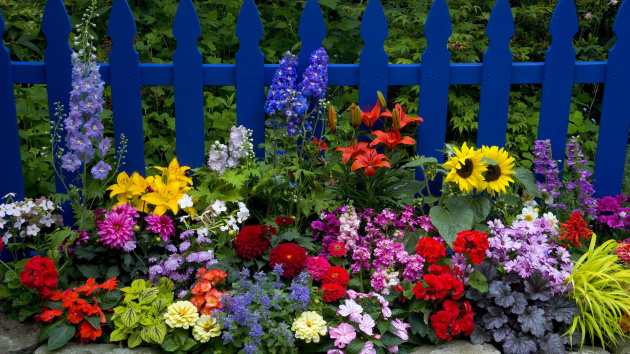
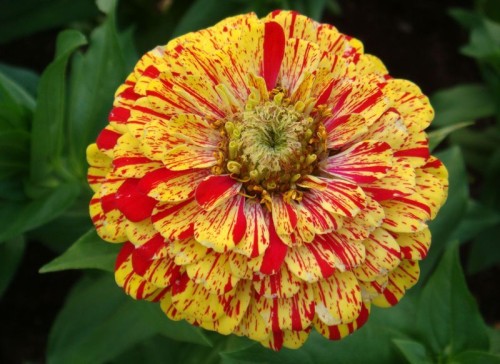
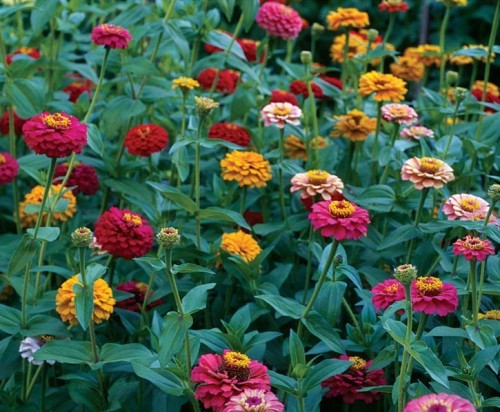

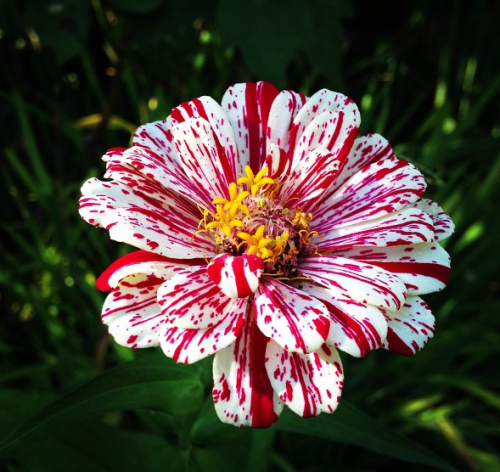
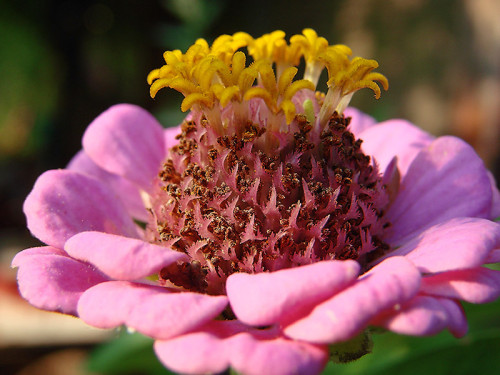
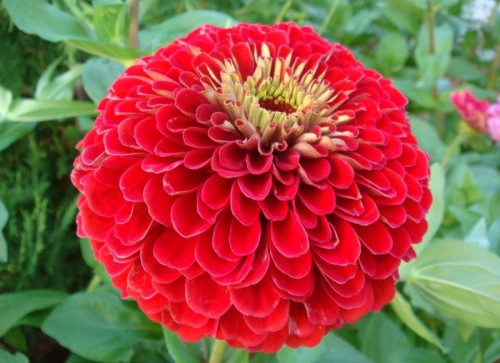
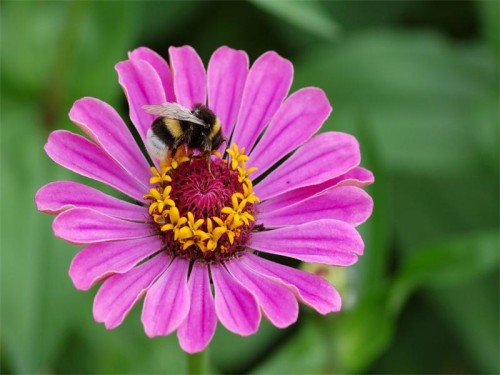
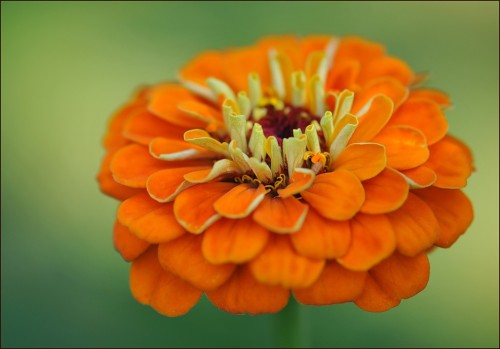
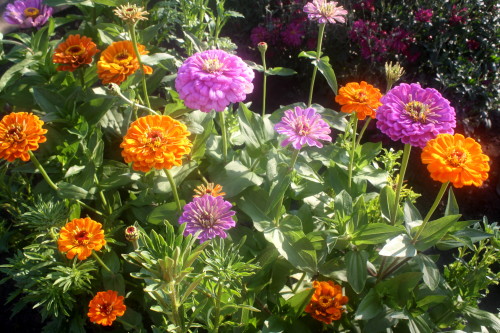

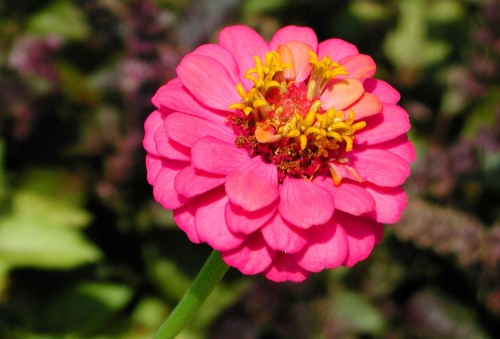
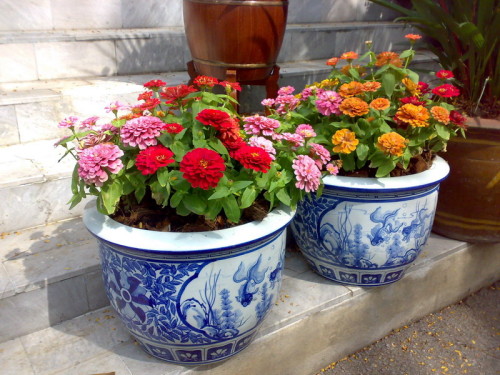
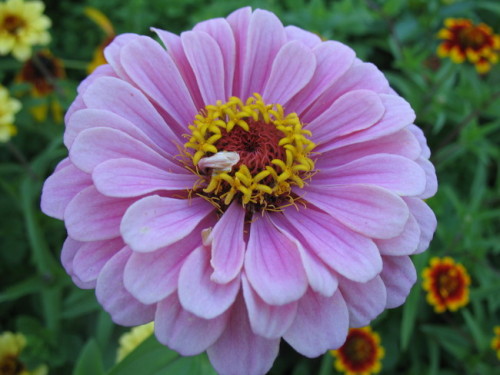












 Start a discussion ...
Start a discussion ...